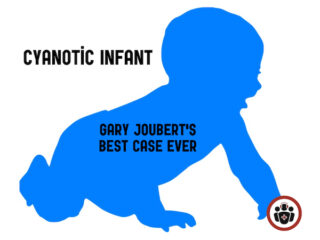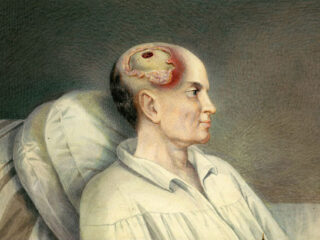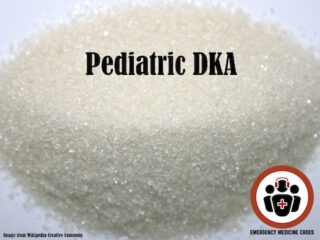pediatric emergency medicine
Best Case Ever 47 – Cyanotic Infant
In anticipation of EM Cases' upcoming episode, Congenital Heart Disease Emergencies we have Dr. Gary Joubert a double certified Pediatric EM and Pediatric Cardiology expert telling his Best Case Ever of a four month old infant who presents with intermittent cyanosis. The Cyanotic Infant can present a significant challenge to the EM provider as the differential is wide, ranging from benign causes such as GERD to life threatening heart disease that may present atypically in a well-appearing child. Dr. Joubert gives us some simple sweet clinical pearls to help us along the way...










